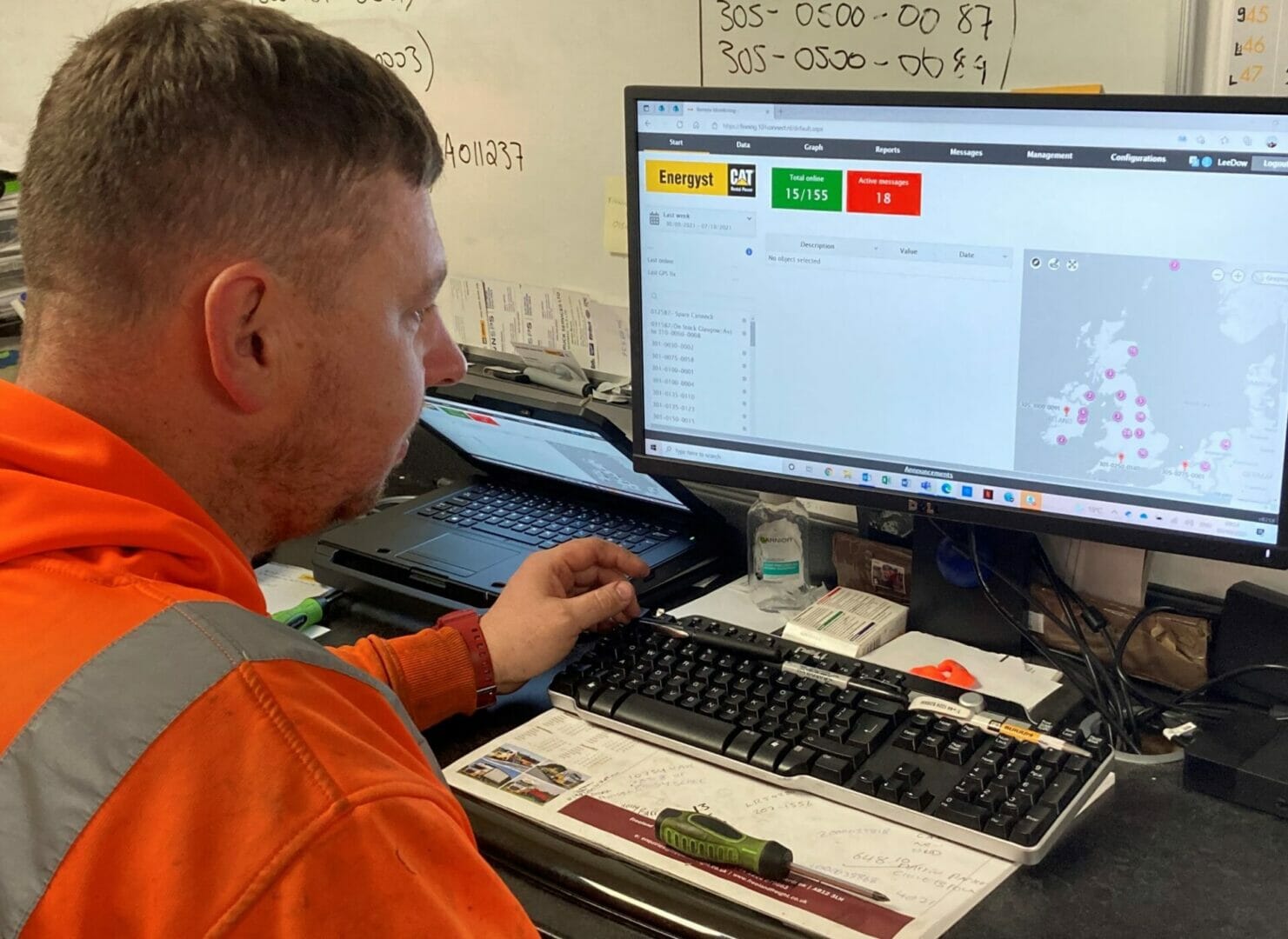The Rover Environmental Monitoring Station, or REMS, contains a variety of instruments and sensors that measure changes in pressure caused by different meteorological events, allowing NASA’s team to monitor the Mars rover from Earth. In all aspects of life communication is key and, although most businesses will be monitoring their assets from the same planet, telemetric software can be just as valuable for checking the health and performance of their rental gensets. Here, George Fyfe, Sales Engineer at Energyst UK & Ireland, discusses the potential for machine telematics in temporary offshore power.
Whether it is an oil rig in the middle of the North Sea or a site in the Scottish Highlands, remote locations can be difficult at the best of times. When you rent a generator or any temporary power solution, maintenance and servicing are key, but can be challenging when you can’t simply walk up to the generator and check its vitals.
If you choose a long-term genset rental, preventative maintenance will need to be scheduled at regular intervals according to the manufacturer’s service regime. When installing a temporary generator on a vessel or another offshore asset that is surrounded by a harsh environment, it’s important to know when, say, blocked filters are damaging the engine’s valves, pistons and cylinder walls, or when fuel consumption is higher than usual.
Telematics tools like DEIF controllers monitor the generator’s critical signs such as engine speed, voltage, power output along with warning alarms and provide real-time updates via a centralised hub. This information can be accessed by either the customer or the rental partner’s engineers from anywhere that has internet access. Thanks to advances in this software, operators and engineers can now monitor anything from oil and water temperature to fuel consumption directly from their smartphone. Having this knowledge and oversight makes it easier to review any alerts and act on them as soon as possible
Alarms and alerts
A rental genset will have various alarms configured and can be fitted with fire and gas (F&G) detection and emergency shutdown. Other alerts will include bund leakage, F&G faults, confirmed fires, earth faults and low fuel, and each will be assigned an individual code that operators can monitor.
At the start of the rental process, the partner will provide a list of alarms before the unit is delivered. Equipping your temporary genset with telemetric capabilities allows you to receive these alerts in real-time, making it easier to flag any hazards and take corrective action. For example, if the genset has a slow fuel leak internally and the protective fuel bund is filling up, your rental partner will be alerted and will visit your site to rectify the issue before it causes unscheduled downtime.
Getting started
A reliable rental partner will be able to offer remote monitoring and diagnostics as part of your overall rental package. Companies like Energyst allocate a dedicated engineer to your project and will be tasked with checking and monitoring your units at regular intervals throughout the day, reporting all recorded data as and when required.
By having a constant flow of data on your genset’s performance, you can take charge of your own rental package. For example, you can check when servicing is required, monitor its loading, check for any warnings or alarms and know when diesel fuel is running low. Checking this manually on a rig or vessel is often impractical, and speed is typically critical in these applications.
While your temporary genset won’t need to face the dust storms of Mars, connecting it with telemetric capabilities like the REMS can help you stay on top of its performance and monitor its health in the harshest of offshore environments.
For more information on preventative maintenance when renting a genset, visit https://www.finning.com/Energyst.








